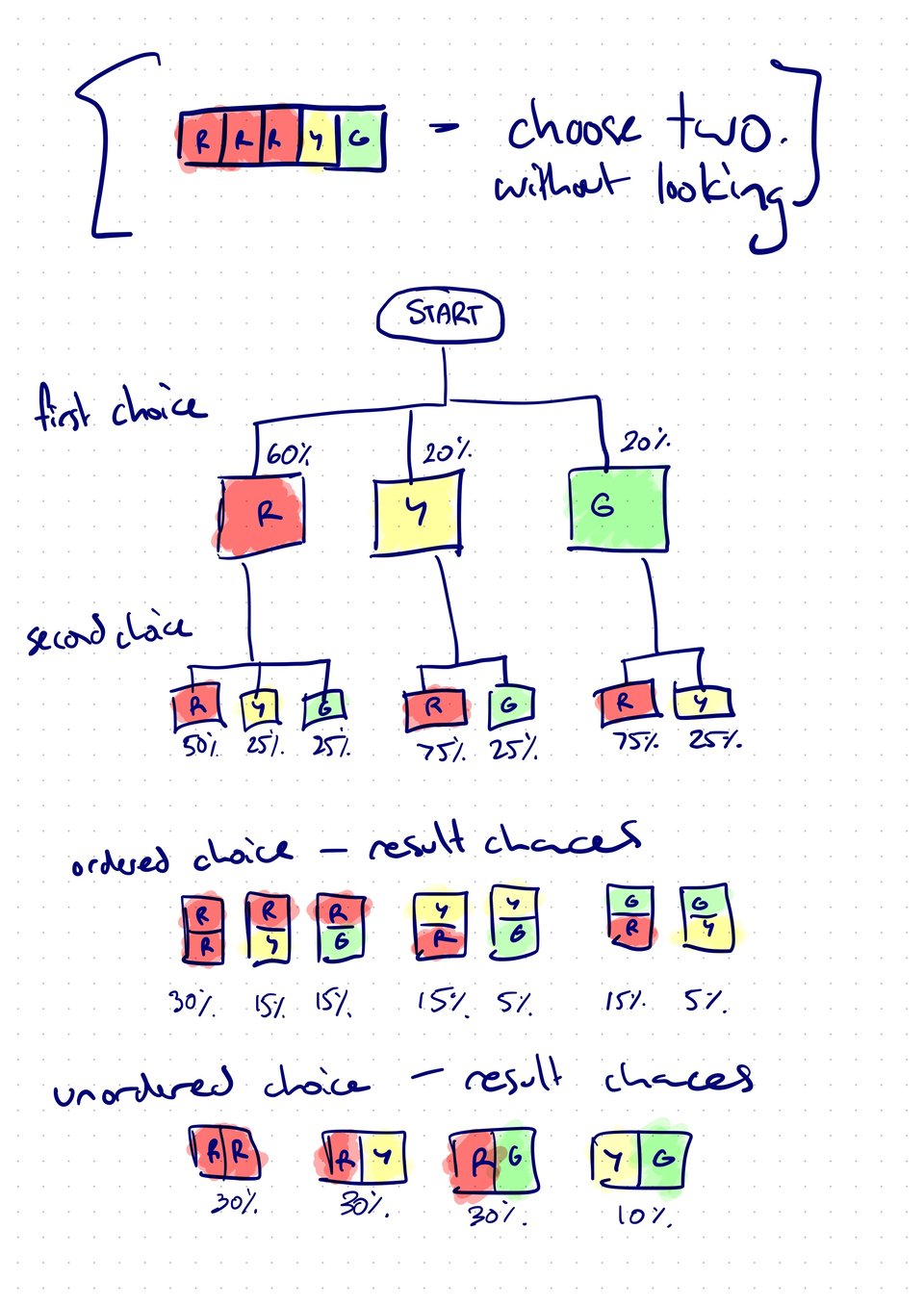making better decisions - 8. Decision-making trees to show different outcomes and weight them
Dealing with Difficult People
This email is one in a series on decision-making. The first one is an introduction to the series.
8. Decision-making trees to show different outcomes and weight them
The next decision making approach is the decision-making tree. This helps where you are making the first in a series of decisions.
Once you've made the first decision, new options emerge. This leads to the second round of decisions, and then the third round of decisions, and perhaps a further run of decisions.
Some of the decision points may happen in the external environment. In that case, you might be able to identify a likelihood percentage for each option.
At the end of each path, you can provide a weighting for each one.
For some decisions this might be the financial outcome. For others, there might be some other criteria to think about. Relationships that are impacted by the decisions, other aspects of day-to-day life.
You can then compare the end result of a series of decisions, and the one with the highest score or best result wins.
Here's an example: choose two coloured squares, without looking, from a group of five coloured squares: three red, one yellow, one green.

In the first choice, you have a 60% chance of picking a red square, and a 20% chance of yellow, and 20% chance of green.
In the second choice, because the collection of squares is down by one.
Then we have a collection of different outcomes, depending on whether we need to think about the two squares in the order they were selected, or just what we end up with.
By plotting the choices on a tree like this, you can consider the outcomes visually, which may lead you to discover additional pathways.
Read a further article about decision trees.
-
Are you facing a complicated decision that could lead to a series of further decisions? Hit reply and let me know.